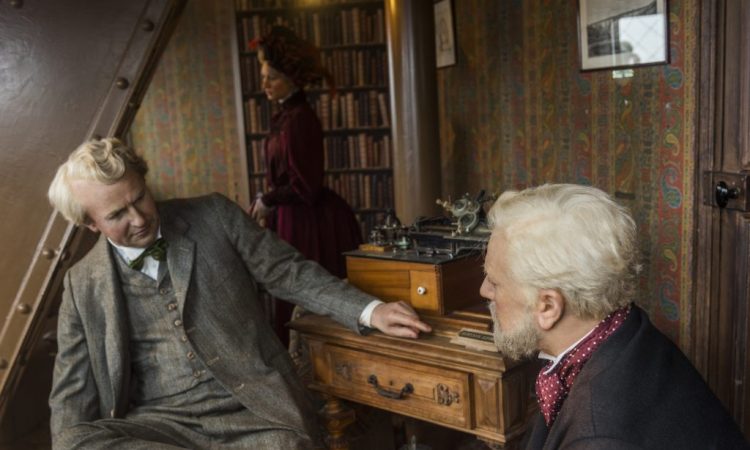
From failures to the technical and above all commercial perfection of the light bulb. Here is the incredible story of America’s most famous inventor.
If we could go back in time and interview Thomas Edison in the early 1900s, he would tell us how failures made him America’s most famous inventor. There is a phrase, in this sense, which is often attributed to Edison: “I didn’t fail two thousand times to perfect the light bulb, but more simply I found one thousand nine hundred and ninety-nine ways on how it shouldn’t be done”. Let’s get rid of a cliché right away: Edison did not invent the light bulb in the true sense of the term. Rather, he perfected it and made it commercial, which changed history and had major repercussions on people’s lives and effects.
Advertisement
Chi era Thomas Edison
To understand who Thomas Edison waswe must return for a moment to February 11, 1847, in Ohio. Son of a Canadian father and an American mother, he was the last of 7 children, but his whole life (including his childhood) was marked by continuous failures. After three unsuccessful months of school education (the teachers called him bored), in fact, his mother decided to teach him everything, above all to believe in himself. As a teenager, in addition to studying, he does all kinds of jobs: selling sweets, distributing newspapers, but there is one thing that attracts him more than others. .
There is an anecdote about him that has come down to us. During an experiment on a train car stopped at the station, a fire broke out and Edison miraculously survived. The train conductor, furious, hit him in the ear, making him half deaf.
The phonograph
At the time, railroads provided access to jobs. Like many others of his generation, he first worked as a telegraph operator: now his job was to press a button to signal his presence. He reasoned about the possibility of creating a machine that could perform this task for him. He was fired when, during one of his experiments, he dropped sulfuric acid under his superior’s desk, but in his hands he had his first patent: a machine capable of recording votes for political elections.
After his mother’s death he concentrated on an instrument that could reproduce sounds, and the phonograph was born. It was the real watershed, since it earned him the title of “magician” and 10 thousand dollars that he earned after selling the invention. With that money Edison founded the first industrial laboratory in history, in Menlo Park, where he concentrated on the production of objects related to sound and light. It was here that he developed the carbon transmitter, a device that greatly improved the audibility of the telephone. And it was here that, in 1879, he perfected the light bulb.
The perfected light bulb
But let’s go back to a year earlier. In 1878, Edison focused on inventing a safe and economical replacement for gas lights, a challenge that scientists had been grappling with for 50 years. With the help of major financiers such as JP Morgan and the Vanderbilt family, Edison founded the Edison Electric Light Company and began research and development of the instrument.
His breakthrough came in October 1879, with a light bulb that used a platinum filament, and in the summer of 1880 he invented carbonized bamboo as a viable alternative to the filament, which proved to be the key to a durable and affordable light bulb. In 1881 he founded an electric lighting company in Newark and the following year moved his family (he now had three children) to New York.
Subsequent years
Despite the relatively limited success of subsequent inventions (among his patents are the first movie camera, the “kinetoscope”, fluoroscopy, the carbon microphone), Edison continued to work into his 80s. His rise from a poor, ignorant railroad worker to one of the most famous men in the world made him an impactful figure throughout the 20th century.
More than any other individual, he has been credited with building the framework for and society in the age of electricity. His Glenmont estate, where he died in 1931, and the West Orange laboratory are now open to the public as the Thomas Edison National Historical Park.
Read more
- Read about Thomas Edison on History.com.
- Learn about Edison in the Congressional Archives.

